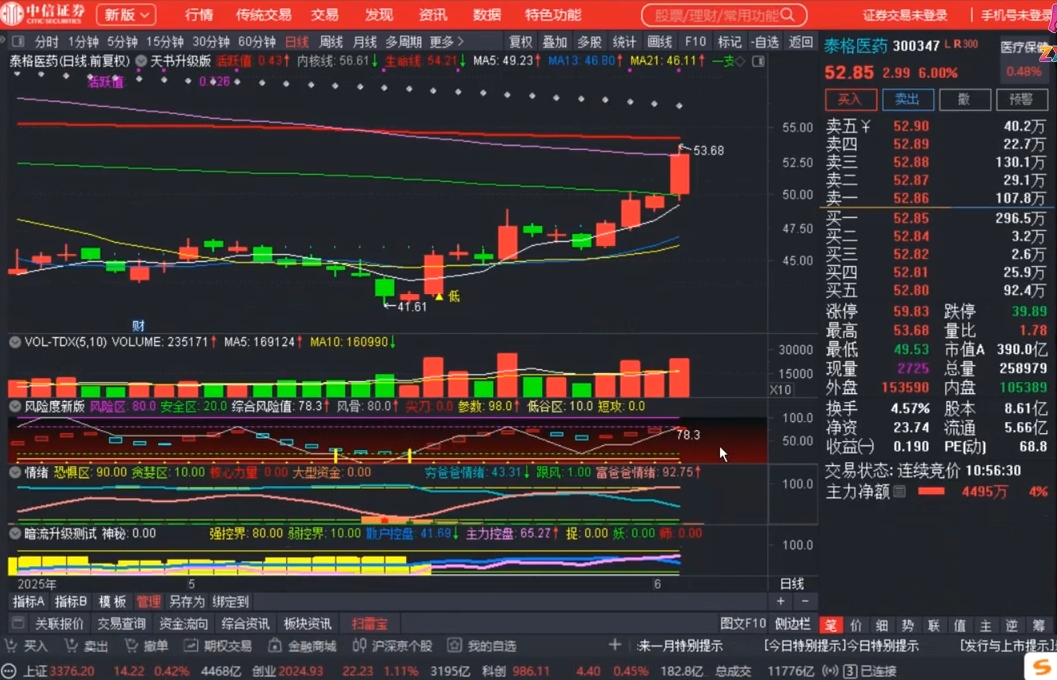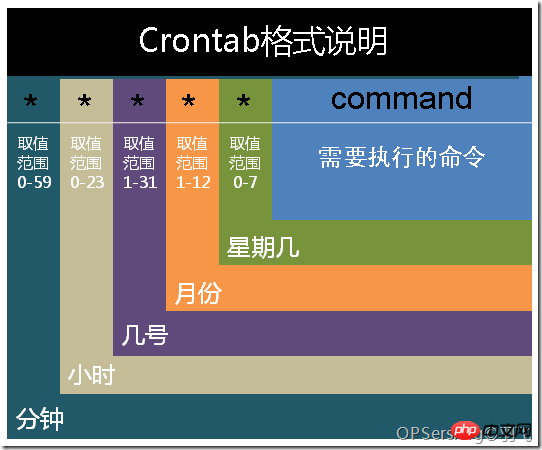一、变量
1.变量的命名规则:以字母或下划线开头,后面跟数字,字母或下划线,最好不要随便命名,要做到看见变量名能猜出其含义
2.变量赋值: x=100
echo $x
删除变量:unset x
3.定义变量名的边界用大括号
[root@bogon ~]# egon_salary=20000
[root@bogon ~]# echo ${egon_salary}yuan
20000yuan
4.bash中不必声明数据类型,默认都是字符型
二、运算符
1.算术运算符:+ – * / %
[root@bogon ~]# echo $[5%2]
1
2.赋值运算符:=,+=,-=,*=,/=,%=
[root@bogon ~]# x=10
[root@bogon ~]# ((x+=1))
[root@bogon ~]# echo $x
11
3.关系运算符:,!=,==,>=,
关系运算符常与(( ))连用,[]可以达到同样的结果,但(( ))不能判断一个文件的类型,判断文件类型必须要用到[],[]又和test命令效果一样
用$?查看命令执行结果,结果为0代表真,非0代表假
[root@bogon ~]# x=10
[root@bogon ~]# ((x>=8))
[root@bogon ~]# echo $?
0
4.shell里的计算器
之前说过用$[]可以进行一些简单的运算,但是如果涉及到小数的运算,就需要用到shell里面的计算器了
首先要安装软件,yum install -y bc
[root@bogon ~]# res=$(echo ‘scale=2;1/3′ |bc -l |cut -d’.’ -f2)
[root@bogon ~]# echo ${res}%
33%
5.test 命令测试
test
-n str 字符串长度不为零
-z str 字符串长度为零
-b 文件存在且为块文件
-d 文件存在且为目录文件
-e 文件存在
-f 文件存在且为普通文件
-h 文件存在且为链接文件(同 -L)
-s 文件存在且大于零字节
文件之间的比较
file1 -nt file2 file1 的创建时间比file2晚
file1 -ot file2 file1 的创建时间比file2早
整数之间的比较
int1 -ne int2 int1和int2不相等
int1 -eq int2 int1和int2 相等
int1 -lt int2 int1小于int2
int1 -le int2 int1小于等于int2
int1 -gt int2 int1大于int2
int1 -ge int2 int1大于等于int2
字符串之间比较
str1 = str2 str1和str2相等
str1 !=str2 str1和str2不相等
表达式之间的比较
expression1 -a expression2 表达式1与表达式2都为真
expression1 -o expression2 表达式1或表达式2为真
6.测试举例
数字比较测试:
[root@bogon ~]# [[ 2 > 1 ]][root@bogon ~]# echo $?0 [root@bogon ~]# ((20>10))[root@bogon ~]# echo $?0 [root@bogon ~]# ((20<10))[root@bogon ~]# echo $?1
字符串测试
[root@bogon ~]# [ "abc" = "abc" ][root@bogon ~]# echo $?0 [root@bogon ~]# [[ "abc" = "abc" ]][root@bogon ~]# echo $?0 [root@bogon ~]# (("abc" = "abc"))[root@bogon ~]# echo $?1
[root@bogon ~]# [[ a = a && 1 < 2 ]][root@bogon ~]# echo $?0 [root@bogon ~]# [[ a = a && 1 < 2 ]][root@bogon ~]# echo $?0
[root@bogon ~]# (( a = a || 1 > 2 ))[root@bogon ~]# echo $?1[root@bogon ~]# [[ a = a || 1 > 2 ]][root@bogon ~]# echo $?0
单纯比较数字,用(( ))
除了单纯数字之外的比较,用[[ ]]
三、流程控制
1.if 分支机构
1)验证用户账号密码:
input your name : zhangcan input password : 123login successful [root@bogon ~]# ./usertest.sh input your name : hha input password : hag user or password error
#! /bin/bashuser='zhangcan'password='123'read -p 'input your name : ' name read -p 'input password : ' codeif [ $name = $user -a $code = $password ];then echo 'login successful'elseecho 'user or password error'fi~
2)判断成绩档次
#!/bin/bash #根据用户输入的成绩,判断所属档次,并输出给用户read -p 'input your score : ' scoreif [ $score -ge 90 ];then echo '优秀'elif [ $score -ge 70 -a $score -lt 90 ];then echo '良好'elif [ $score -ge 60 -a $score -lt 70 ];then echo '及格'elif [ $score -lt 60 ];then echo '较差'fi
2.while循环
while(条件)
do
命令
done
示例:判断用户输入的文件是何种类型
#!/bin/bashwhile : do read -p 'input your file : ' fileif [ -z $file ];thencontinueelsebreakfi doneif [ -f $file ];then echo "$file is regular file"elif [ -b $file ];then echo "$file is block file"elif [ -d $file ];then echo "$file is directory file"elseecho "$file type unkonw"fi
3.for循环
for i in {1..10} #in后面不一定是数字,只要是有返回结果的命令都可以
do
echo $i
done
示例1:写一个脚本,测试子网内可以使用的IP
#!/bin/bashfor i in {1..50} do ping -c1 192.168.16.$i &> /dev/null # -c1表示ping一次if [ $? -ne 0 ];then echo "192.168.16.$i successful"echo "192.168.16.$i" >> ~/ipavailable.txt fi done~
示例2:统计/dev下每种文件类型的数量
#!/bin/bashdir='/dev'for i in $(ls $dir) doif [ -h $dir/$i ];then ((link+=1))elif [ -f $dir/$i ];then (( rfile+=1))elif [ -d $dir/$i ];then ((directory+=1))elif [ -b $dir/$i ];then (( block+=1 ))else(( typeunknow+=1)) fi done echo 'block' $block echo 'regular file' $rfile echo 'directory' $directory echo 'link' $link echo 'unknow' $typeunknow
4.嵌套循环
示例1:输出一个九九乘法表
#!/bin/bashfor ((i=1;i<=9;i++)) dofor ((j=1;j<=i;j++)) do echo -n "$i*$j=$[$i*$j]"done echo done
示例2:验证用户登陆账号密码,登陆成功后可以执行命令,当输入quit时退出
#!/bin/bashuser='zhangcan'password='123'tag=truewhile $tag do read -p 'input your name : ' name read -p 'input your password : ' codeif [[ $name = $user ]] && [[ $code = $password ]];then echo 'login successful'while $tag do read -p '>>: ' cmdif [[ $cmd = 'quit' ]];then tag=falseelse$cmd fi done fi done


















